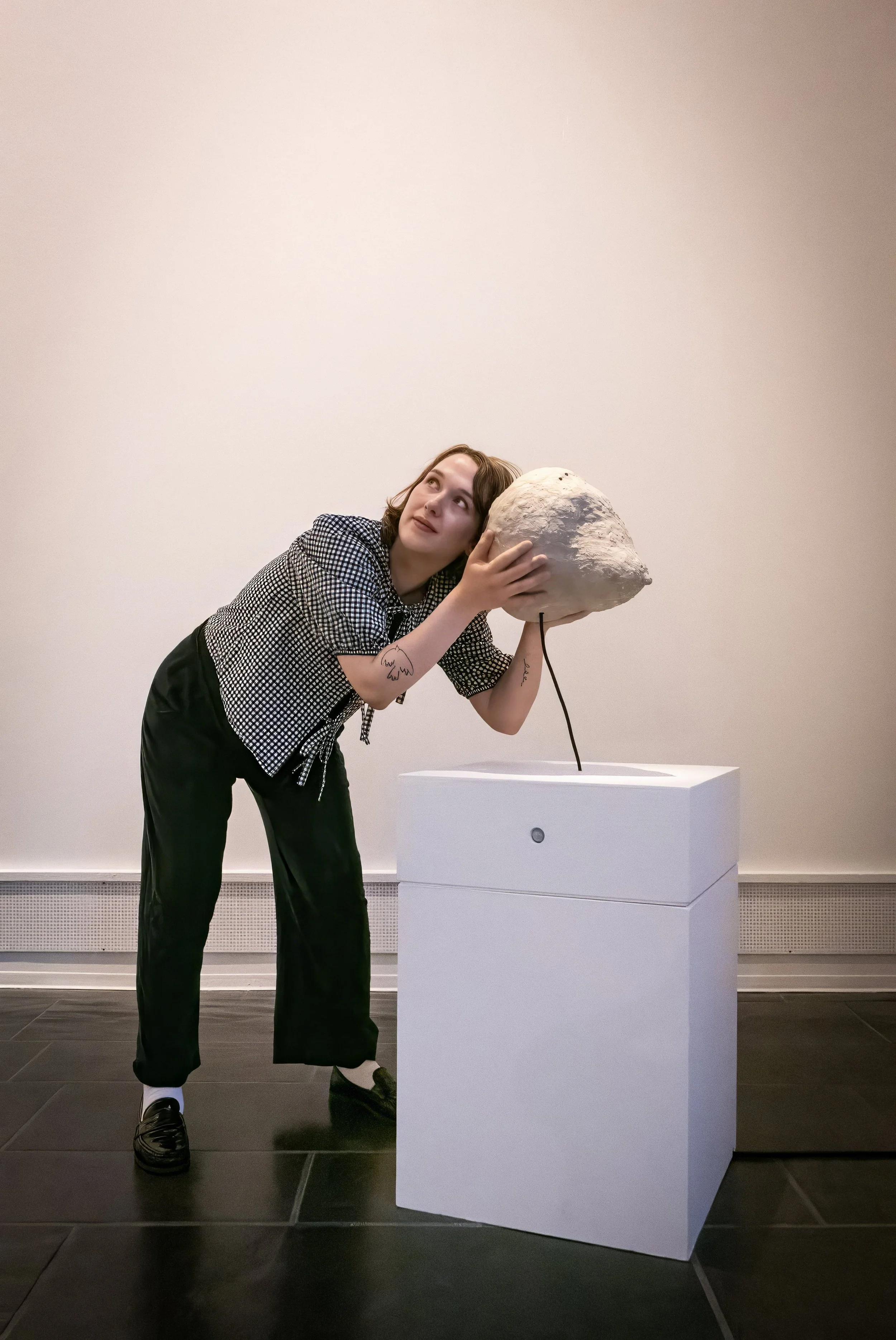We've just had an exciting collaboration with artist Tristan Hessing on a public art installation for the Lincolnshire coast. Tom and Tristan have been working together in Nottingham to develop the form of the structure, while I was handling the CAD modelling and 3D renders from Belgrade.
As part of the project, we also needed to produce physical models of the faceted shape that Tristan had come up with. With a 3D computer model in Belgrade and a physical model to be built in Nottingham, how to communicate to Tom all the information he needed to quickly fabricate a physical object perfectly matching the numerical one?
The first stage was to check the geometry of the folding pattern with a paper net, which could be printed onto card with our office A3 printer. The Flattery plugin for SketchUp came in handy to explode the facets of the object and generate the tabs to glue the different pieces together. The rather complex geometry required that the net was split into 8 foldable panels, each with a different form.
To simplify the assembly, I colour-coded and labelled the facets and tabs, with some 3D orientation views to explain how the different pieces were meant to be glued together. I emailed Tom a PDF version of this net.
A few hours later, Tom video-conferenced me with the assembled model. So far so good. This paper model would later be spray-painted black and used for one of our models.
We then needed a durable plastic version that could be handled by the public and we called on to the expertise at the workshops at Nottingham Trent University — we both teach there part-time and Tristan is a graduate from their Fine Art school. I generated an STL file from the 3D model and sent it to the workshop, to be fed to their computer controlled milling machine. The idea was to manufacture a strong mould onto which thin plastic versions could be formed by vacuum.
Four hours passed and Tom called me from the workshop with the mould ready, CNC-machined from a solid block of MDF. Nice!
Tom then laboured hard with the workshop team to produce two perfect vacuum-formed plastic shapes. I received the images by email straight from the workshop.
This beats having a 3D printer directly connected to my laptop! Many thanks to the team at the NTU workshops for their expertise and help!




















